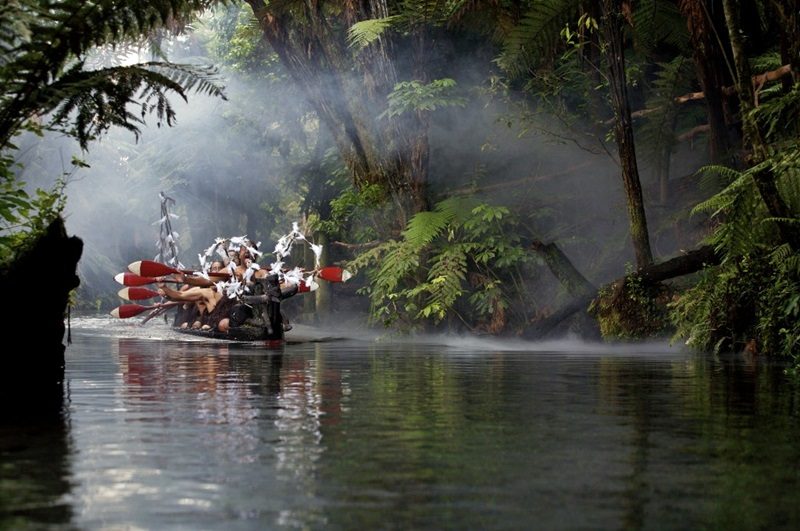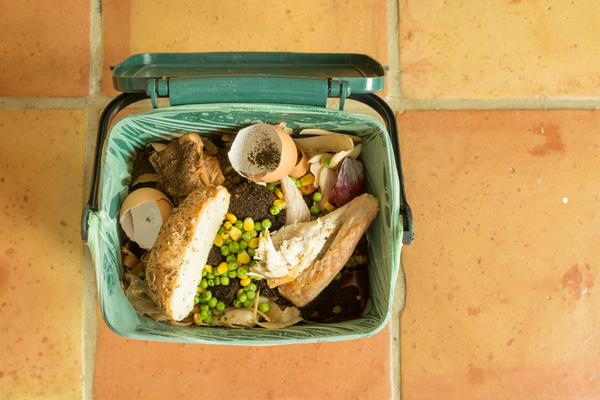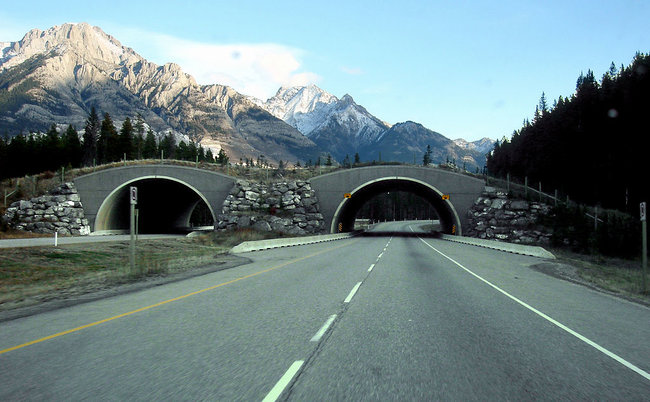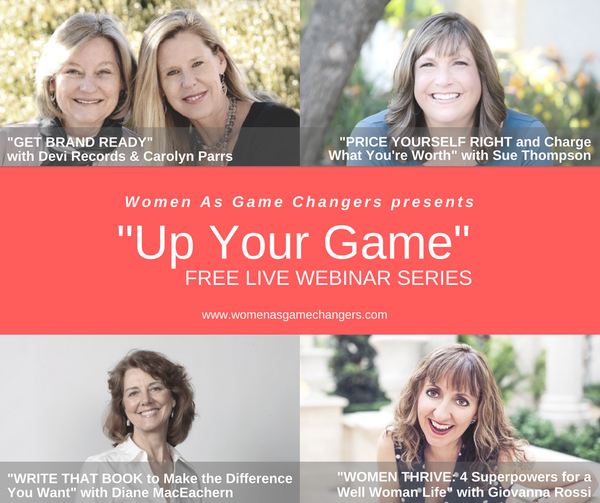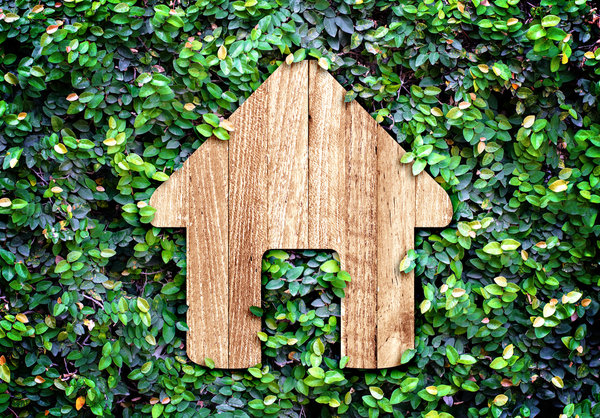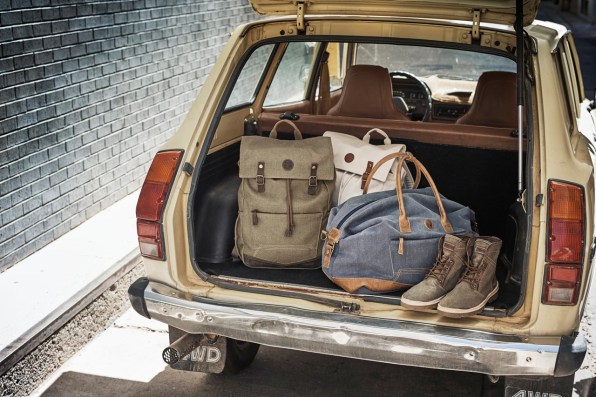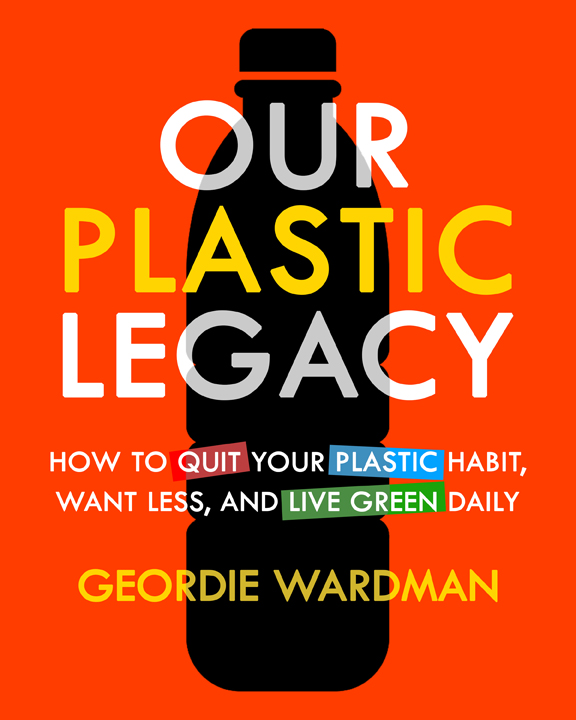In a world first this year, one of the local Maori tribes in the country’s North Island won a 140-year-old battle for recognition of their river as an ancestor. The new status for the Whanganui River – the country’s third-largest – now means if it is harmed in any way, for example, degradation of its waters, the new law will consider the harm inflicted on the river the same as it would a real person.
Continue reading... →By the end of the century, two out of three people living in Europe will be affected by heat waves, coastal floods and other weather-related disasters, largely due to global warming and climate change, according to a study published earlier this month in the journal Lancet Planetary Health. That’s 350 million people in 31 countries subjected to an increased risk of death and health hazards. Overall, weather-related disasters are expected to cause 152,000 deaths a year in Europe between 2071 and 2100, jumping from 3,000 weather disaster-related deaths per year between 1981 and 2010.
Continue reading... →Compare all the wasted food in the world to the world’s nations, and that pile of food would be the third largest emitter of greenhouse gasses in the world. It would also be roughly the size of China: That’s how much land is required to produce the amount of food we discard each year. For Dave Lewis, the CEO of international grocery-store chain Tesco and the chairman of Champions 12.3–a group of 40 leaders across the public and private sectors committed to reducing food waste by advancing the U.N. Sustainable Development Goal 12.3–those facts are reason enough for curbing the amount of food we discard without thinking. There’s also the fact that more than a billion tons of food goes unconsumed each year, while one in nine people across the world are malnourished.
Continue reading... →Highways quite literally carve up the ecosystems around us and have major effects on wildlife — including animal road deaths, separating colonies of animals, reducing breeding potential, cutting off food supply and even affecting biodiversity as a whole. So comes the idea of Green Bridges. Green bridges are protective over- or underpasses built for wildlife to cross highways safely, without running the risk of being hurt on the roads as they make their way about their daily lives. These special bridges provide small and large mammals, amphibians, insects and reptiles with a safe alternative to follow regional or trans-regional routes, while mitigating the fragmentation of their habitat and feeding/mating patterns.
Continue reading... →Game changers never stop upping their game. They’ve got a vision. A mission. And they ain’t stopping. Does that sound like you? If it does, Devi Records and the Founder of Women of Green, Carolyn Parrs, put together four potent webinars from women game changers we know and love that are rocking it out of the park and want to help you do the same. So Up Your Game with us for our Super Summer Series.
Continue reading... →One of the largest icebergs ever recorded has broken off from an ice shelf in western Antarctica, researchers said last Wednesday. The iceberg — about the size of Delaware and weighing an estimated 1.12 trillion tons — finally ripped free sometime between Monday and Wednesday, scientists at the University of Swansea in Britain. Researchers said they were not immediately aware the calving is linked to human-induced climate change. Since the ice shelf was already in the ocean and held a relatively small amount of land ice, the potential melting of the freed iceberg is not expected to have an immediate effect on the sea level.
Continue reading... →The recycling organization, Thread, is teaming up with the shoe and apparel company, Timberland, to bring customers new products made from 50% recycled plastic, collected as part of an economic revitalization project in Haiti. In Haiti, for the fabric made for Timberland, more than 1,300 people collected plastic bottles, and sold them to 50 Haitian-owned and operated collection centers that Thread partners with. The process to turn a bottle into fabric is fairly simple: the plastic is mechanically broken down into flakes, put through something that looks like a Play-Doh extruder, and then rolled and manipulated into bales that can be spun into fabric. Plastic bottles are made from oil; so is polyester. When a bottle is recycled into fabric, the end result looks the same as if it had come from fossil fuels (it can also be recycled into other products, such as printer cartridges).
Continue reading... →Did you know that every piece of plastic ever created from the time of invention in 1905 until now is still in existence today? Did you also know that by 2030 (just shy of 2 more decades) there will be more plastic in the oceans, than fish? Follow along in this conversational and action-oriented book as author Geordie Wardman presents a simple solution to the reasons why you should be worried, nay terrified, about the plastic that is piling up, literally, on the planet. In Our Plastic Legacy. How to quit plastic, want less, and live green daily, you will find: Why plastic pollution is arguably the single most important environmental crises in the world today, perhaps greater but most certainly contributing to climate change -Facts about how plastic affects our environment, particularly our oceans and our health -How a single person can do more to help solve the problem than ever imaginable.
Continue reading... →